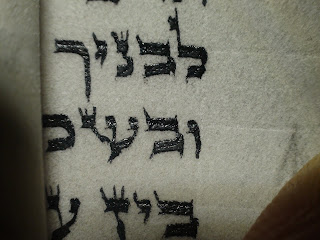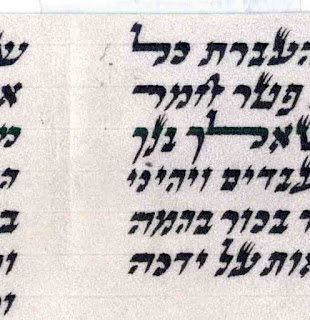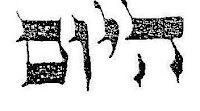widened Drill hole of the Titora

In the picture here, you see the top side of the titora (shel yad) what happened was the first drill was not exactly in the corner so a second more accurate drill hole was made. The gid is going in the hole (the second correct one) however it is being pulled a little on a slope into the first hole and immediately passing into the proper hole. According to the halacha that tifran needs to be straight (it seems that it is also pulling a tad to the right , until it later straightens up), is it kosher or needs to be fixed? Thank you



















